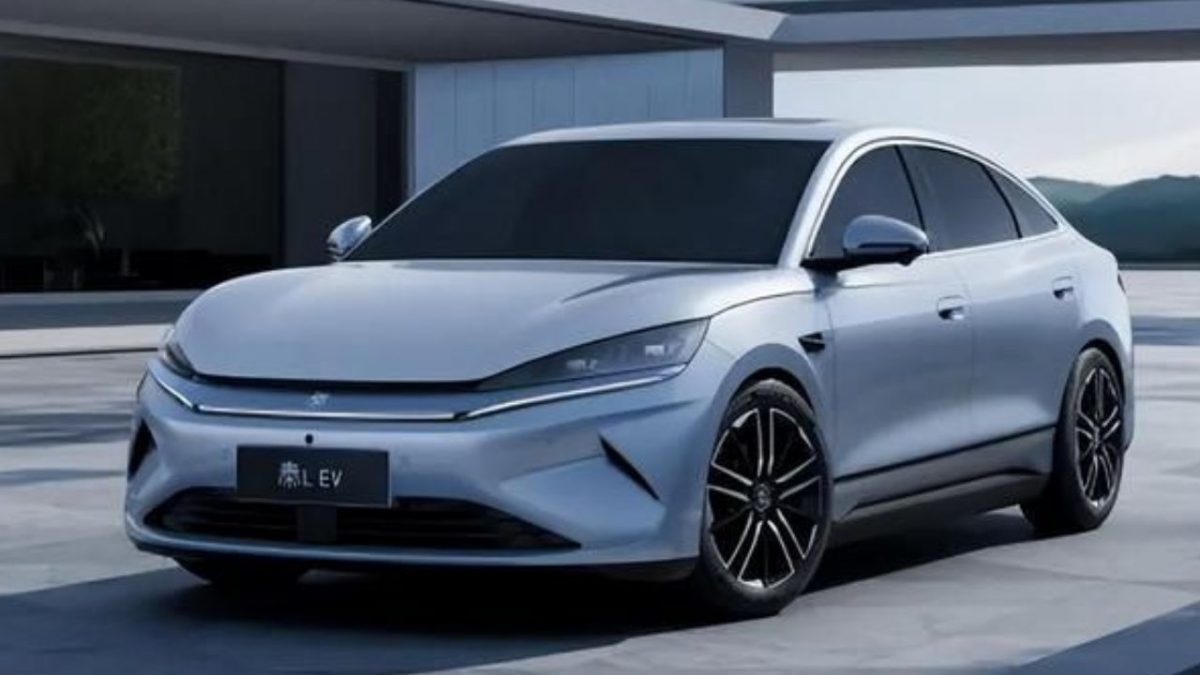)
Chinese EV maker BYD launches ‘Tesla killer’ model as US company’s sales falter
- 24.03.2025 16:56
- firstpost.com
- Keywords: danger, success
Chinese EV maker BYD launched its Qin L model, priced at $16,517, challenging Tesla's Model 3 ($32,500), despite similar features. Tesla's market share in China dropped from 16% to 4.3%, while BYD sold over 322,846 units in February, a 164% increase year-over-year.